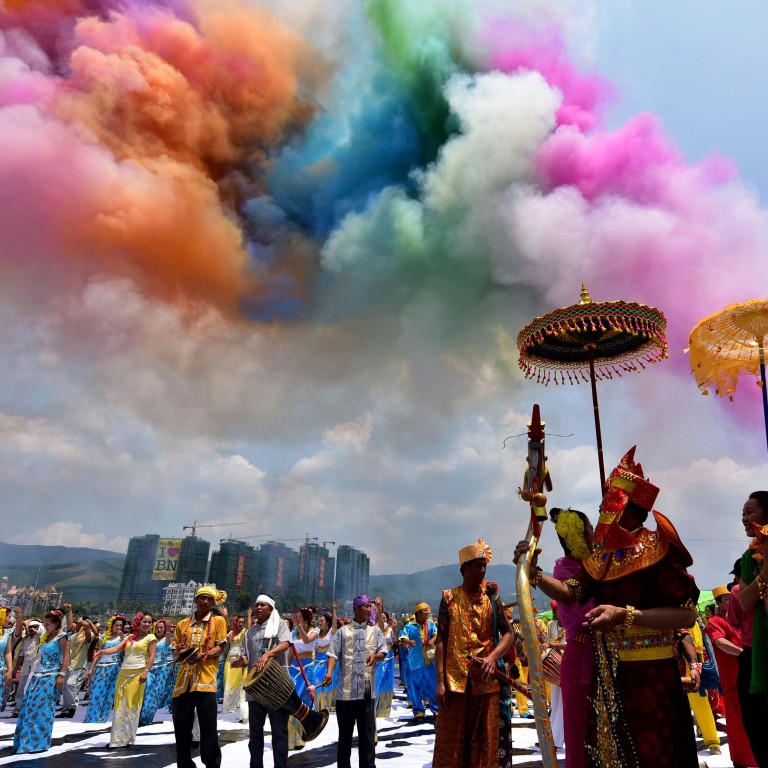
New | Destination China: Tourism properties mushroom nationwide as developers keen to cash in domestic travel boom
Projects like a resort in Xishuangbanna are seen as way to cash in on consumption-driven growth
in the deadlocked traffic clogging up Chinese highways during public holidays, developers see potential gold mines waiting to be exploited. Tourism properties are now emerging as their playground of choice to share in China's consumption-driven growth.
In a blueprint by China's State Council, domestic tourism will be an industry of 5.5 trillion yuan (HK$6.7 trillion) by 2020, up from three trillion yuan last year. Such potential boosted the number of tourism property projects to 7,965 last year, from 5,299 in 2013 and 2,259 in 2012.
"Tourism is hot and investment is sprouting," said Liu Feng of Beijing-based Davost Intelligence, which provides services for such projects. "The trend is spreading from southern China, such as Hainan and Yunnan provinces, to southwestern, eastern and northern China regions."
Dalian Wanda Group, controlled by billionaire Wang Jianlin, is the most ambitious, aiming to overtake Disneyland as the world's biggest theme park operator by 2020.
It opened a 15-billion yuan, 5.3 sq km resort in Xishuangbanna in Yunnan province last month, which consists of a theme park, a theatre, a shopping mall, hotels, apartments and villas. It is a new town built from scratch that outshines the old city of Jinghong, part of the prefecture with a million residents.
In Xishuangbanna's rain forests, clear skies, unique Dai culture and increasing government investment in roads and railways to connect it with the rest of China as well as Thailand, Vietnam and Myanmar, developers see a chance to copy here their success in another tropical city - Sanya, in Hainan province.
Whether Sanya is a success or not is still a question under discussion, as nine out of ten home buyers are non-local residents. But most developers who circled vast parcels of cheap land in the city's early development stage have made fortunes, although skyrocketing housing inflation in the past decade has priced out the average local family.
Sanya, known for its beaches and warm weather, received 13.5 million overnight travellers last year, up 10.2 per cent from 2013, far outpacing its economic growth of 5.5 per cent.
Developers realise they need to scour the nation to find such attractive places and sell holiday homes to city dwellers who have grown increasingly fed up with polluted concrete jungles. To diversify revenue sources and extend travellers' stays, they are now digging deeper into local cultures and natural resources to build theme parks, special shows, golf courses and other facilities.
Such efforts represent a possible way out for mainland developers, many of whom have been struggling to sell down record-high housing inventories in the past two years.
But analysts are concerned about the huge investment involved in tourism property projects, which take much longer to show a profit than residential projects and are more difficult to operate.
On top of these risks, competition is already very hot. More than a dozen developers have flocked into Jinghong, including Agile Property Holdings and Beijing Capital Land, both listed in Hong Kong.

